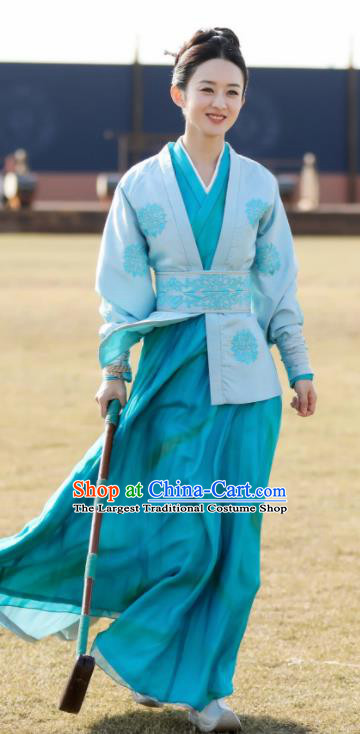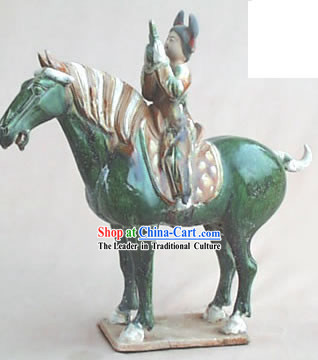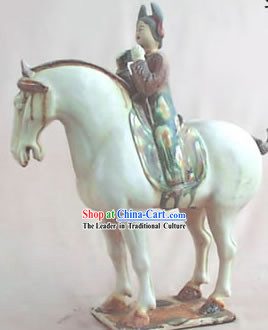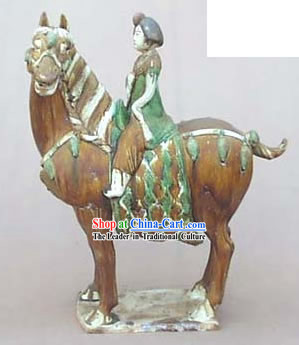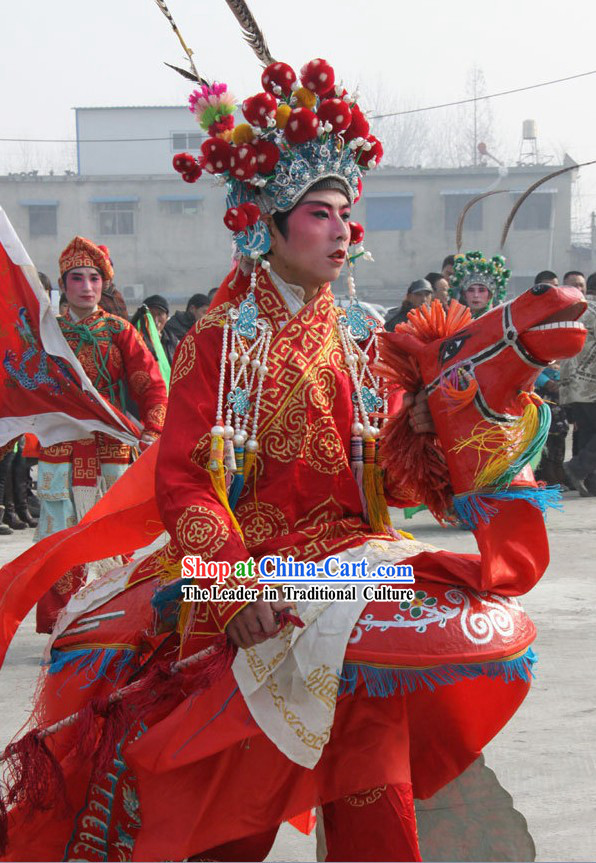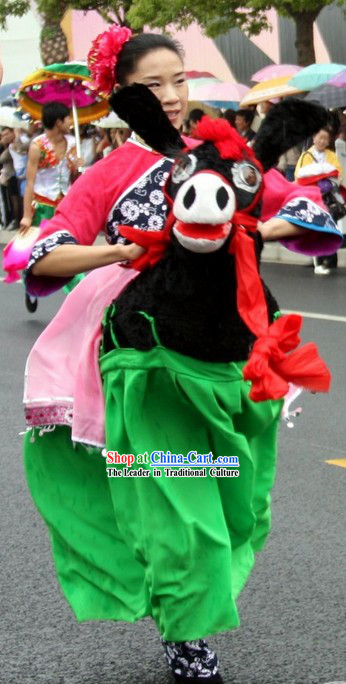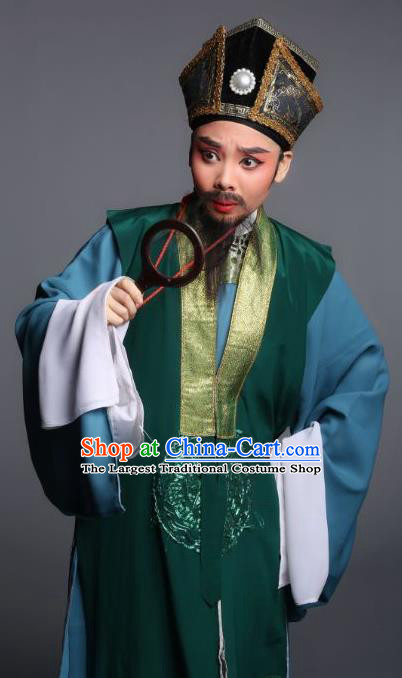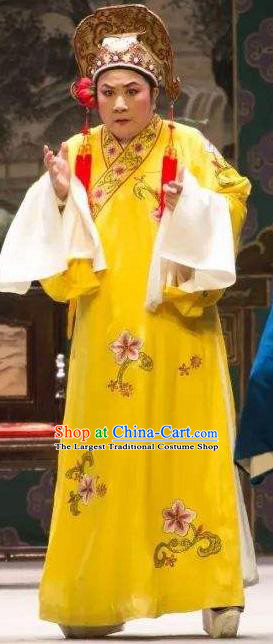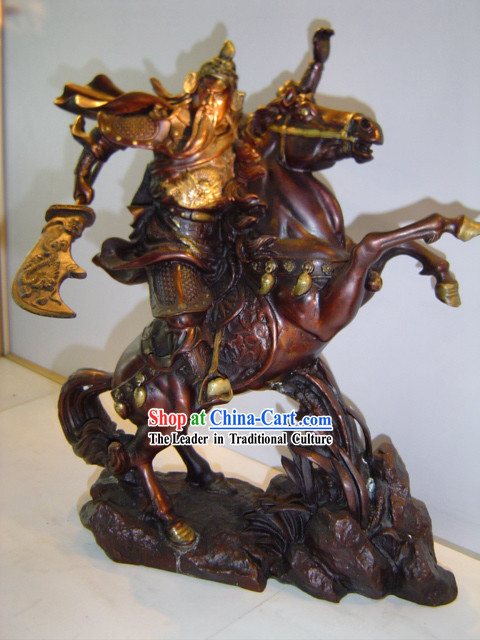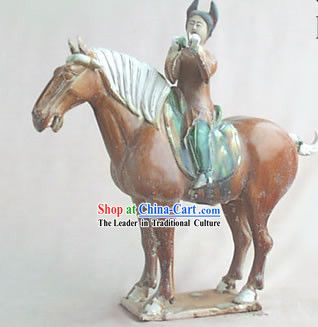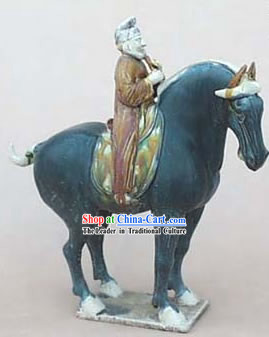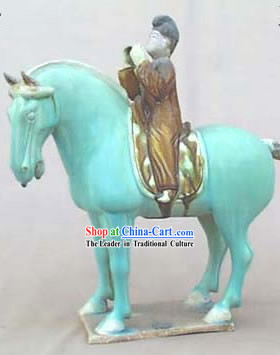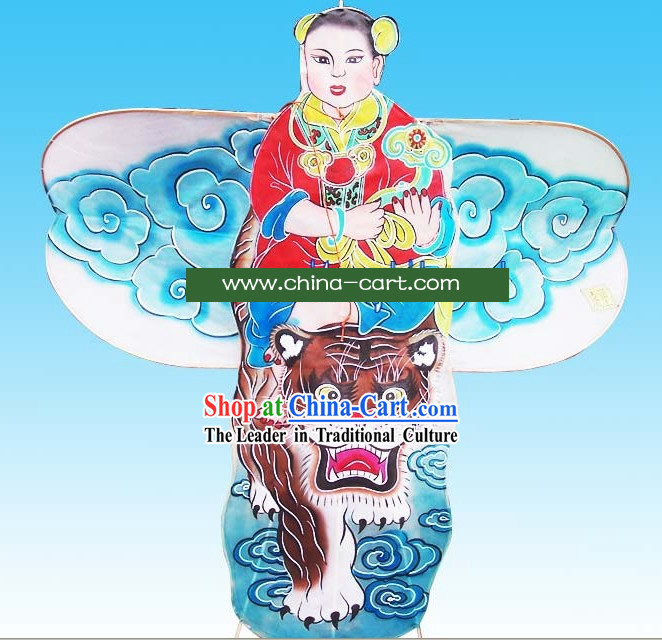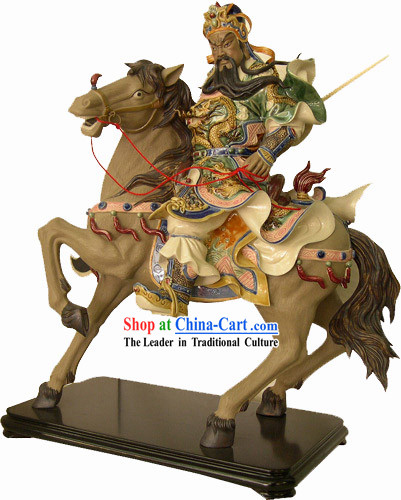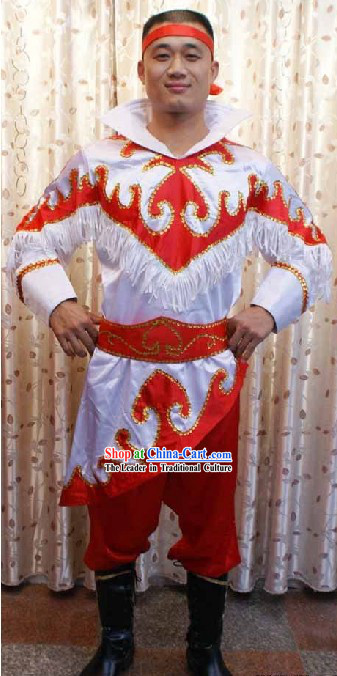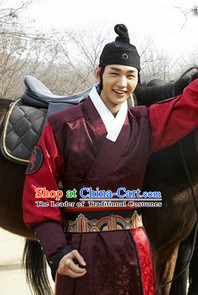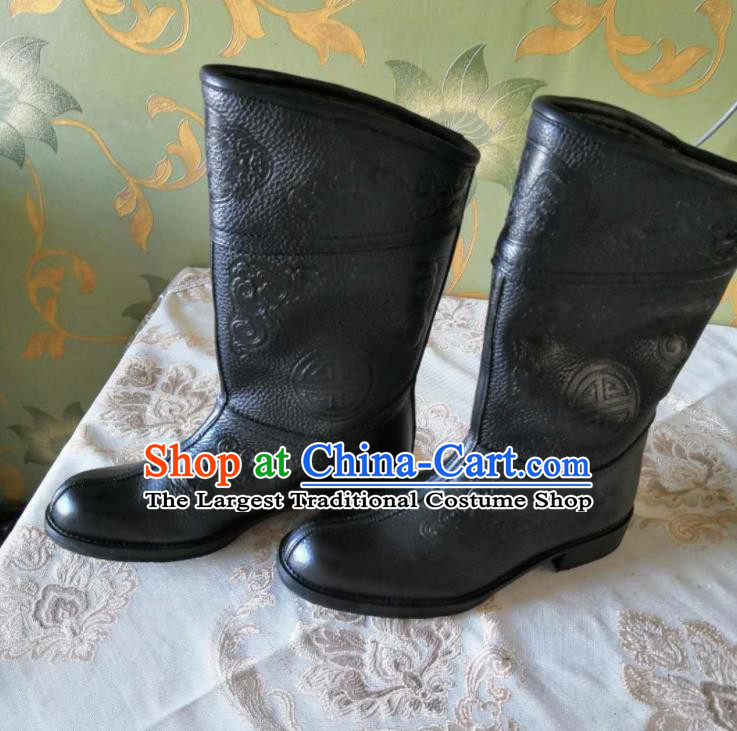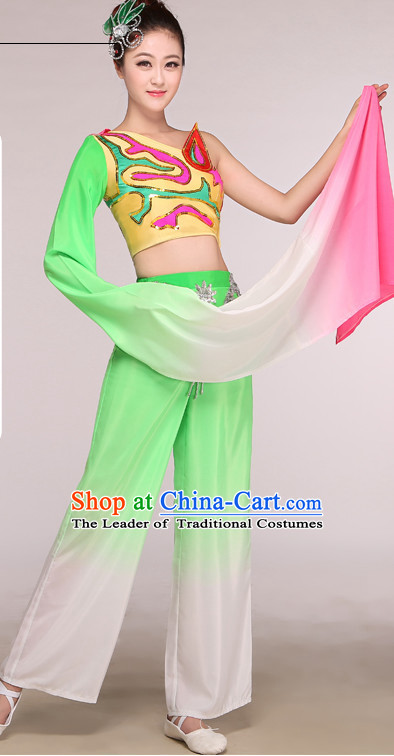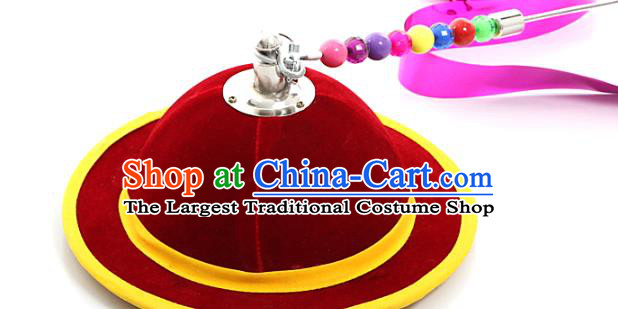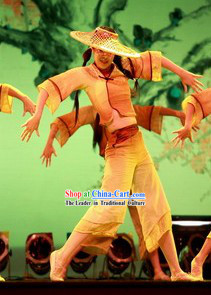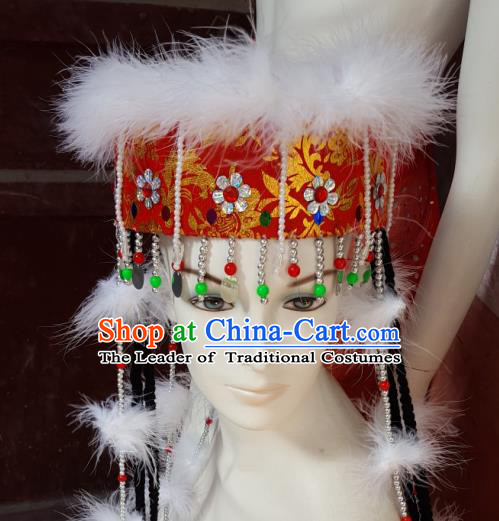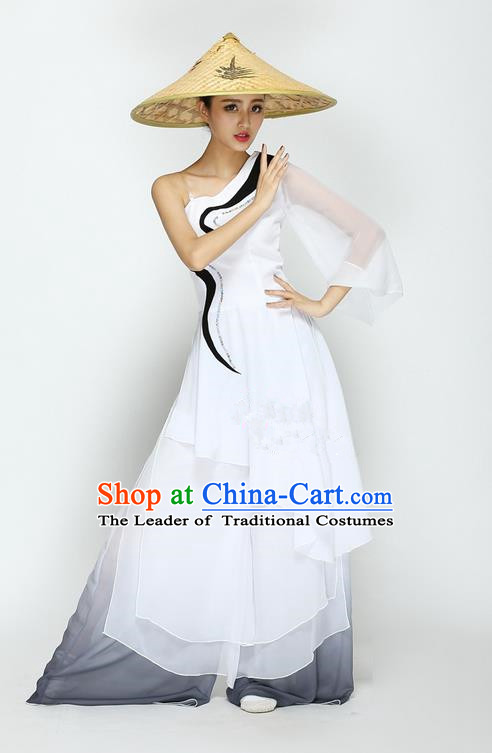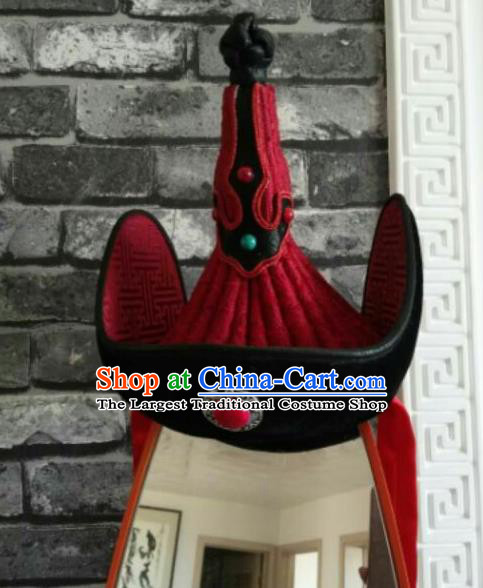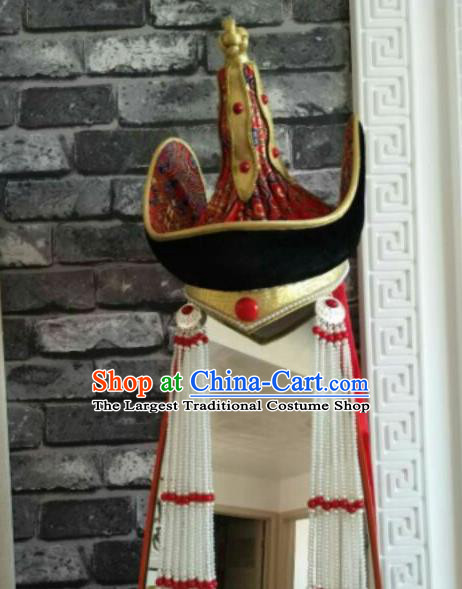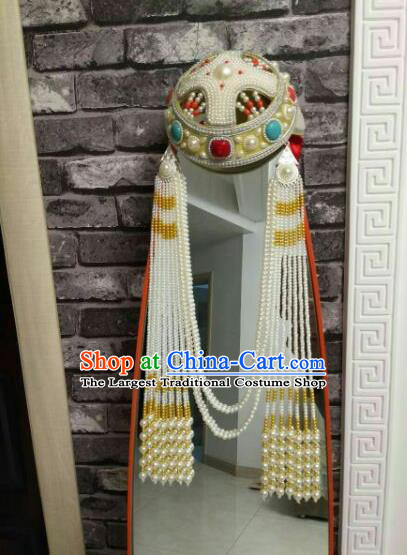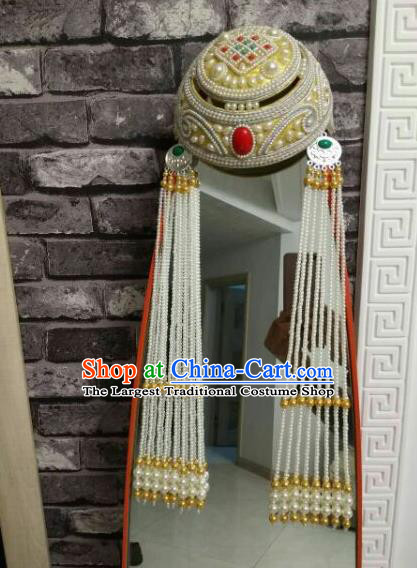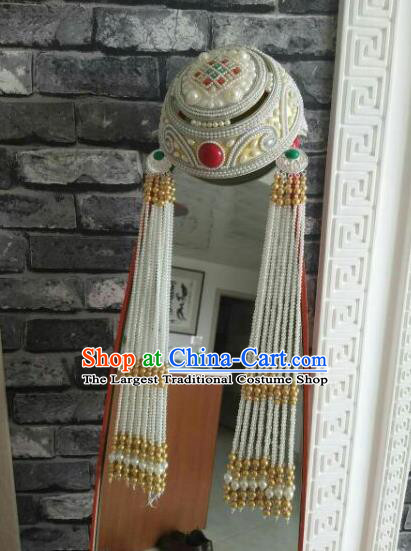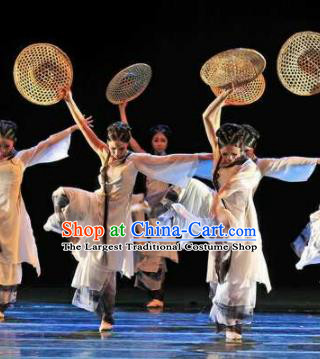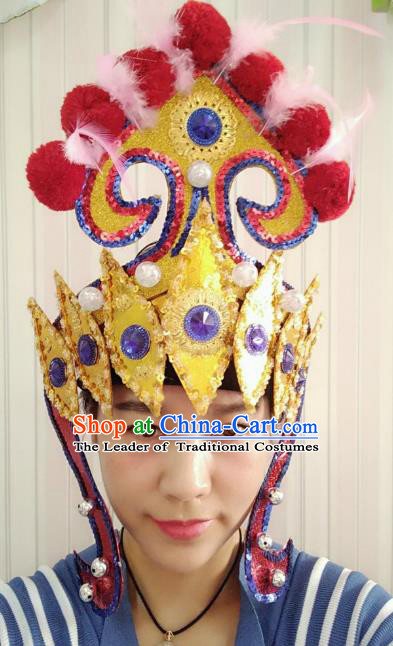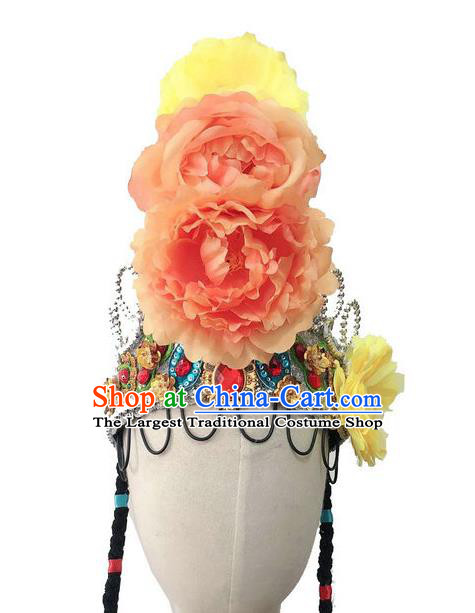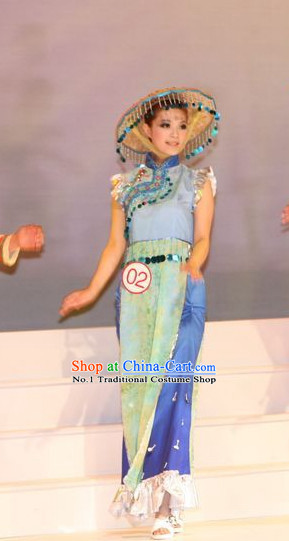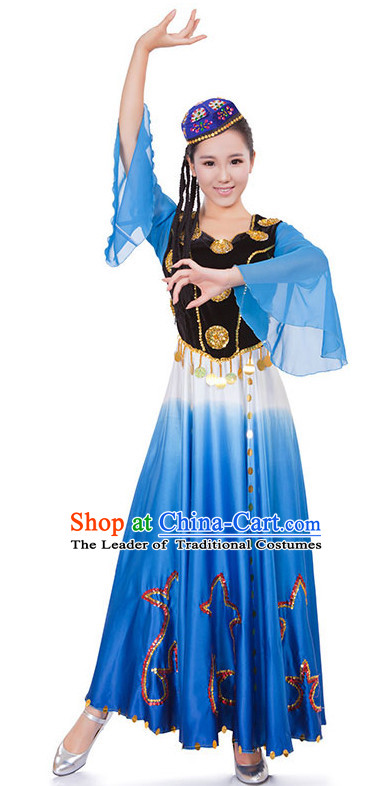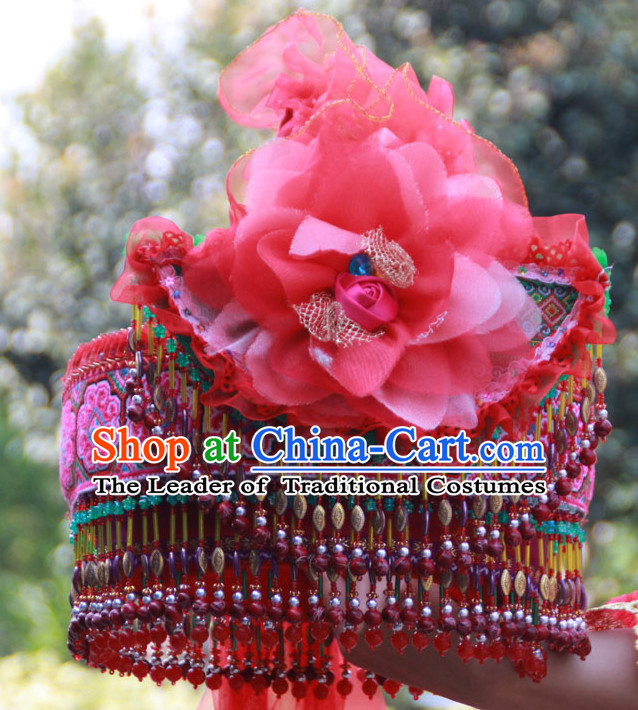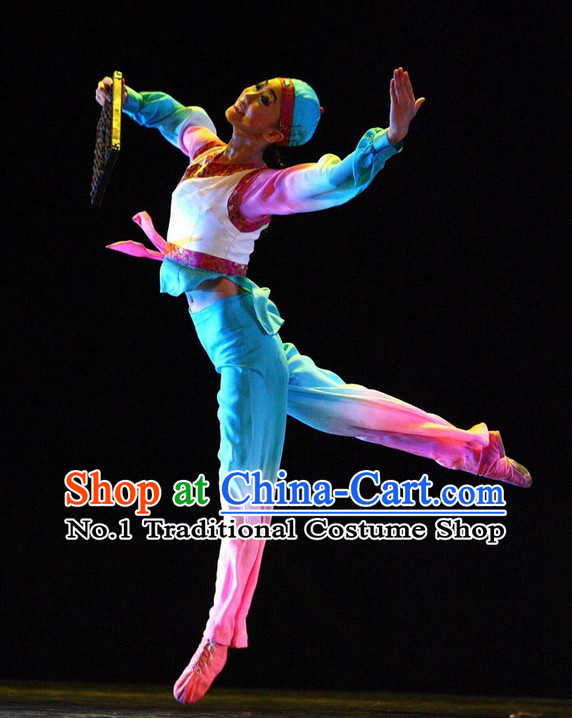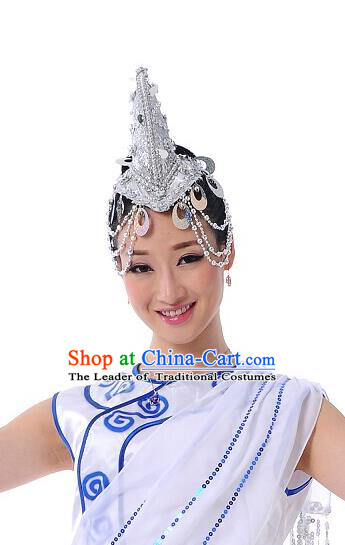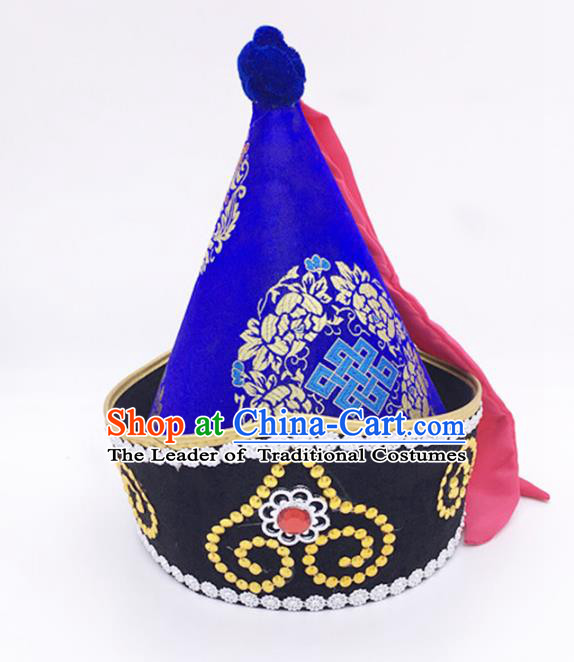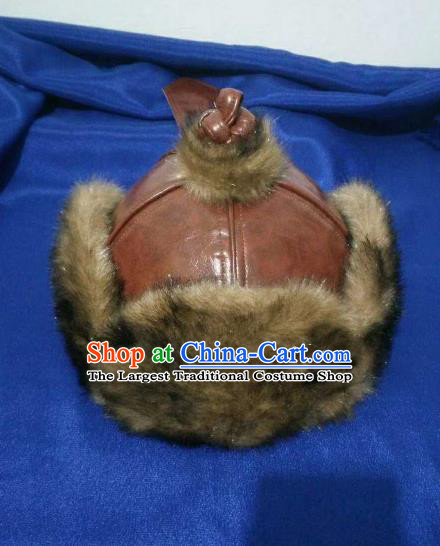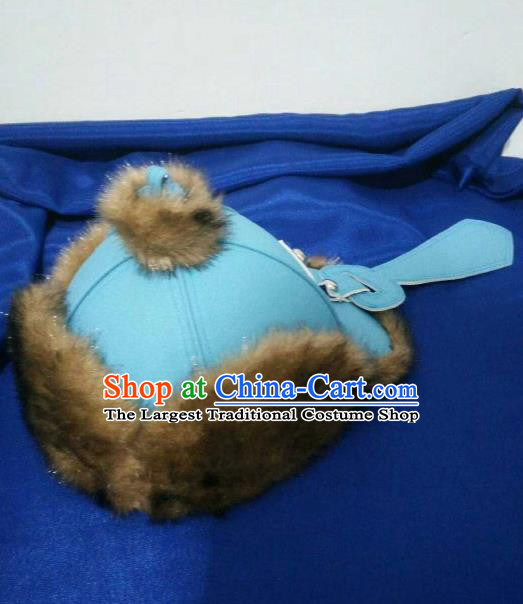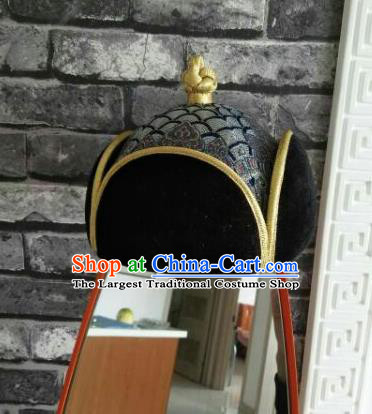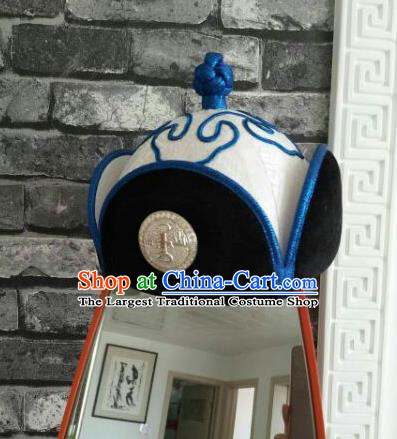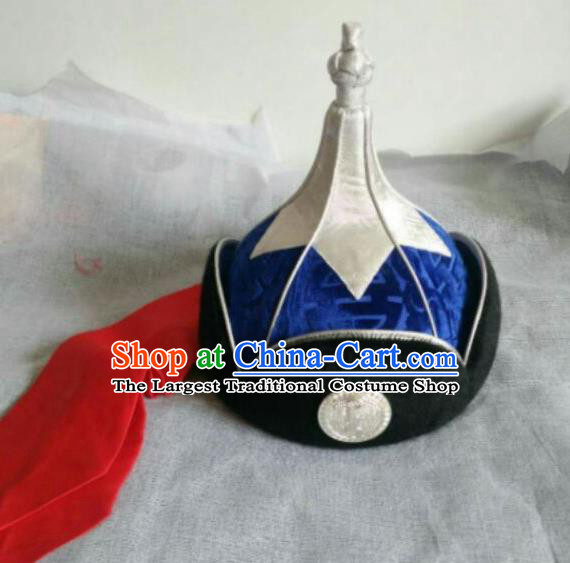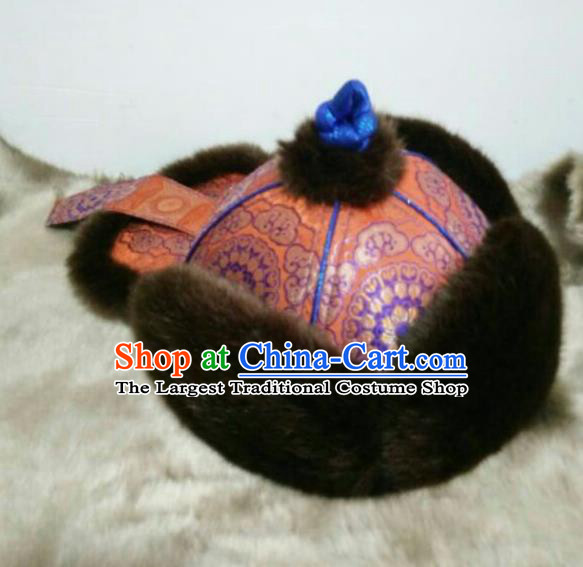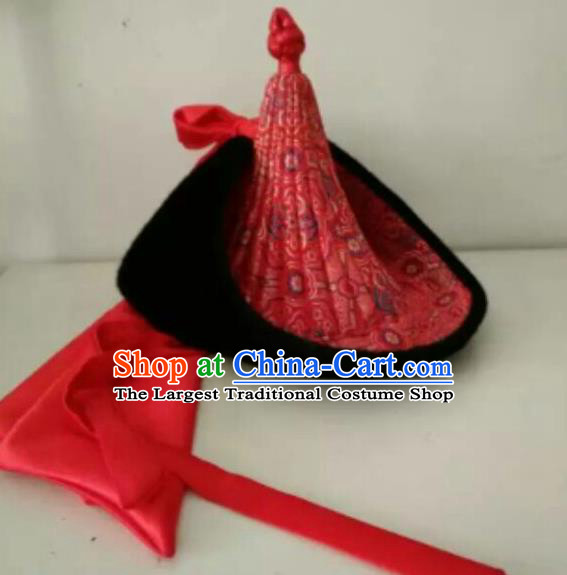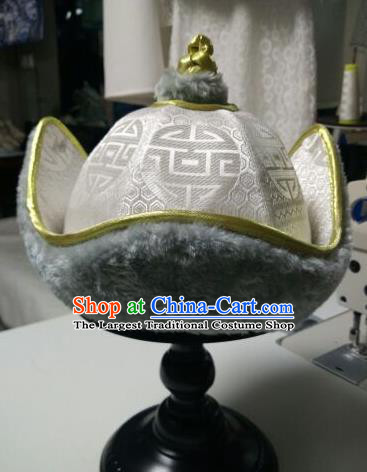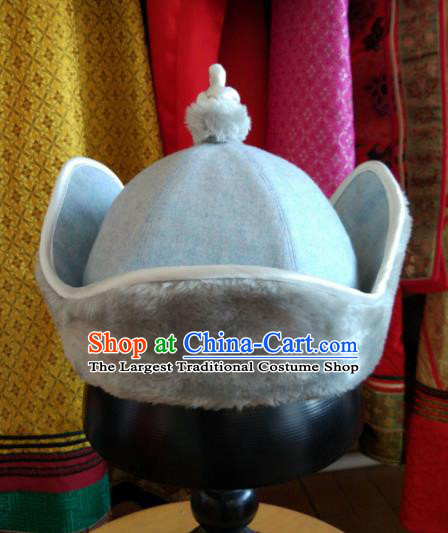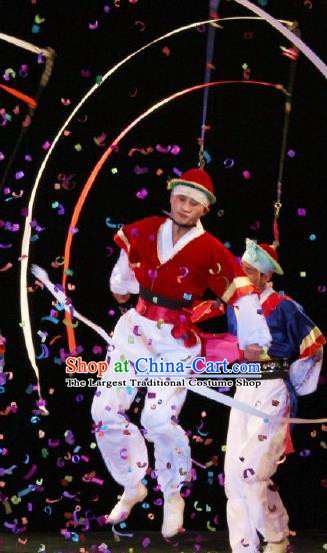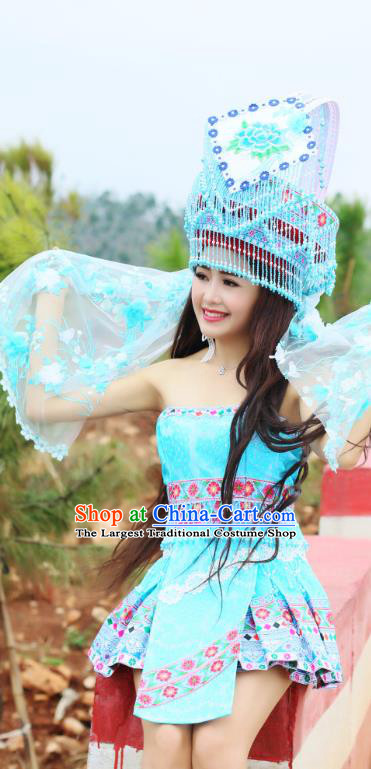
Click Related Pictures for More Audios:
The artwork depicts a horseback riding dance in traditional Chinese culture, along with the headwear and attire worn by women.
These costumes and headdresses hold rich spiritual and cultural significance and historical value.
They represent the prosperity and development of ancient Chinese culture and are an essential component of traditional Chinese culture.
In ancient times, horseback riding dances were a common form of entertainment, often performed during festivals, weddings, or other significant events.
The headwear and attire worn by women also featured unique designs and styles that reflected the social customs and aesthetic values of the time.
These costumes and headdresses were typically made from silk, cotton, or leather and adorned with various patterns and decorations.
Apart from their practical use, these costumes and headdresses also held symbolic meanings.
For example, red is a lucky color that represents happiness and prosperity.
Women's red skirts may have been worn to attract good luck and blessings.
Additionally, some headdresses were decorated with jewels and other valuable items, indicating the owner's status and wealth.
Overall, this artwork showcases the horseback riding dance in traditional Chinese culture, as well as the headwear and attire worn by women.
They not only possess beautiful appearances but also carry rich cultural connotations and historical significance.
By appreciating these artworks, we can gain a better understanding of the unique charm and value of traditional Chinese culture.
